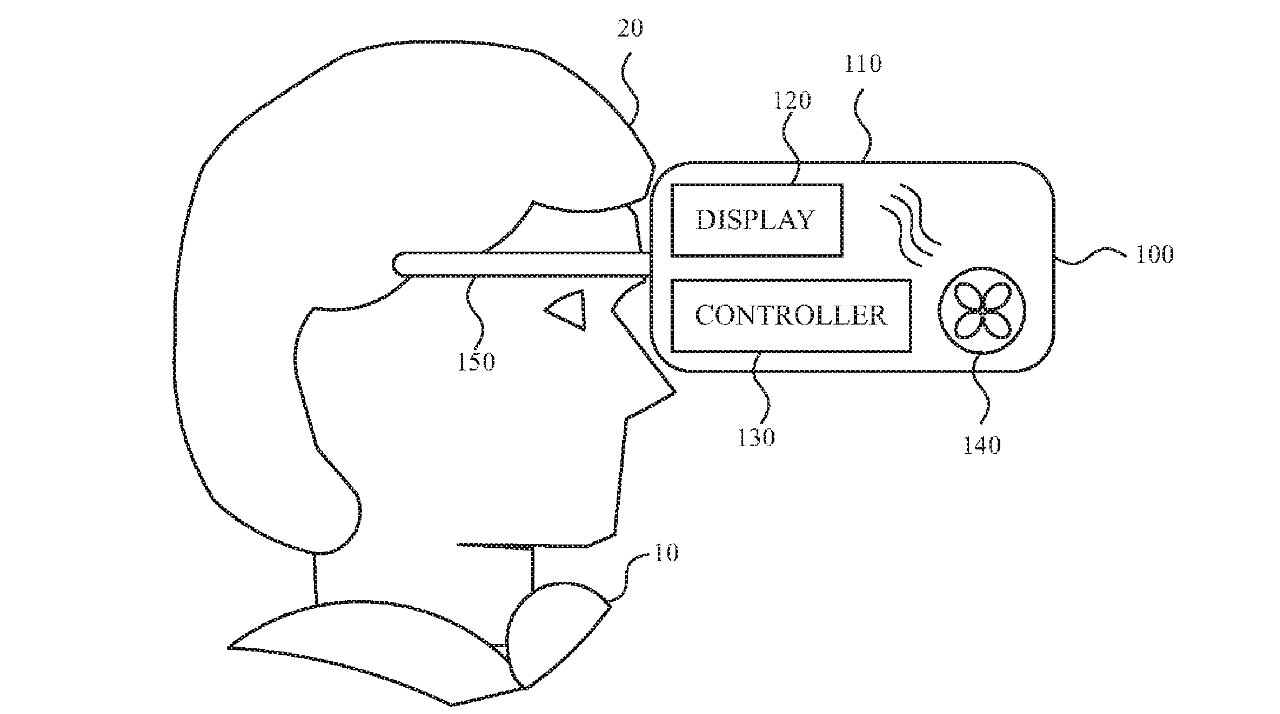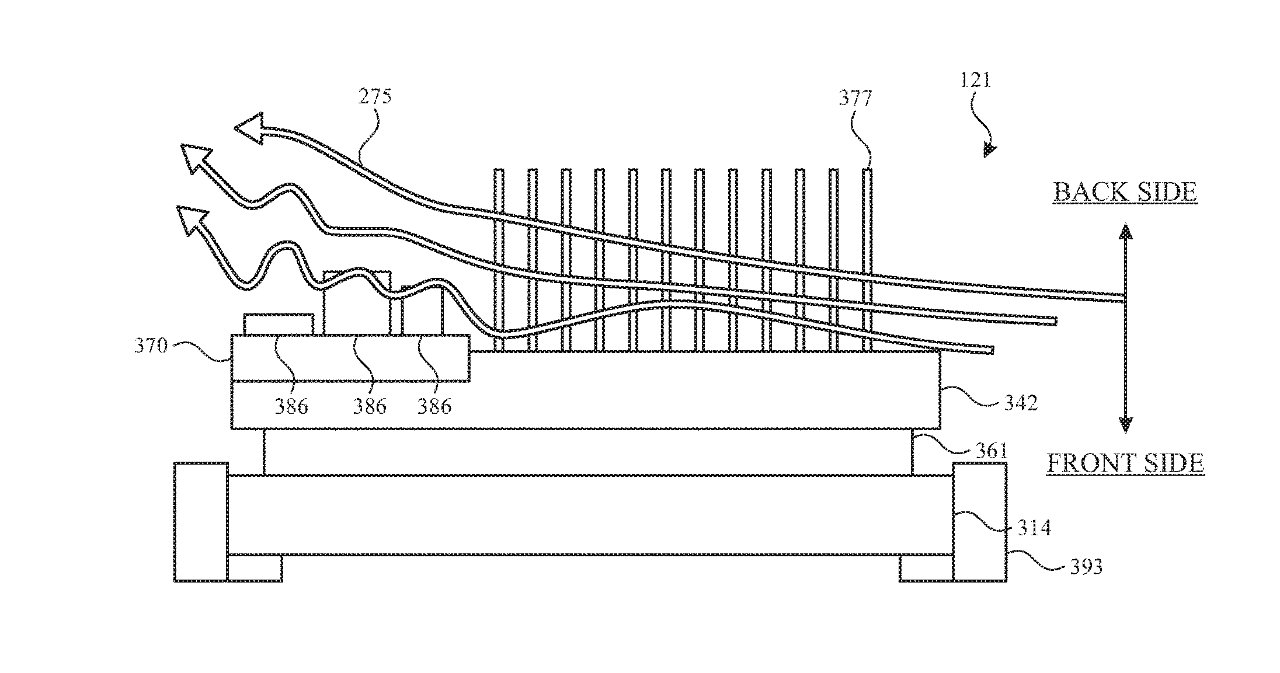Apple Glass Plans to Keep Users Cool Through Air Conditioning
Regular users of computers, laptops, and mobiles phones are long aware of the necessity for a cooling mechanism after long usage period. Heavy usage of any electronic device result in a reduction in level of user comfort, as possibly causing potential irreversible damage to the device itself.
This pain point of excess heat applies for VR and AR head mounted displays as well, and this is why future Apple Glass or other Apple AR headsets could be incorporating air deflectors to direct heat away from user’s head.

Phil M. Hobson and Sivesh Selvakumar, inventors behind the patent awarded for a method of keeping Apple’s AR headset cool for long periods. A recent patent application shows the introduction of new cooling system in the device.
"Air Deflectors for Cooling System in a Head-Mounted Device” is a the newest patent application filed relating to allowing user to wear head-mounted displays for a long period of time.
This pertains to employing a cooling system based on air circulation to maintain the electronic components at a preferred operating temperature. This means a HMD that heats up that normally would cause user to feel uncomfortable by the nose and temple, could be used to cool the user’s face from heat generated inside the display device.

Despite the simple logic behind this problem and solution, it is rather easier said than done. Apple lists multiple challenges that relates to coping with efficient operation without hindering the user experience.
Apple says “the shape of the HMD and layout of electronic components can lead to a torturous flow path for the cooling system. The proximity of the air flow path can create undesired effects that would reduce the user experience, such as the noise that interferes with the audio of the headset in a noticeable manner."
Certain head-mounted displays may introduce moveable mechanism, such as adjustable optics that can be modified to suit user’s inter pupillary distance. This makes it hard to design a cooling mechanism that is suitable amongst different users.
Since our heads are shape irregularly, AR and VR devices will require moveable components which would hinder natural cooling.
What Apple plans to do is to "position the air deflector between a surface of an internal component an incoming air flow at a reduced angles relative to the surface of the internal component. This would create a smooth and more laminar flow across the component.” These air deflectors could integrate a heat sink and allow heat to dissipate through a thermal conductive interface material.

